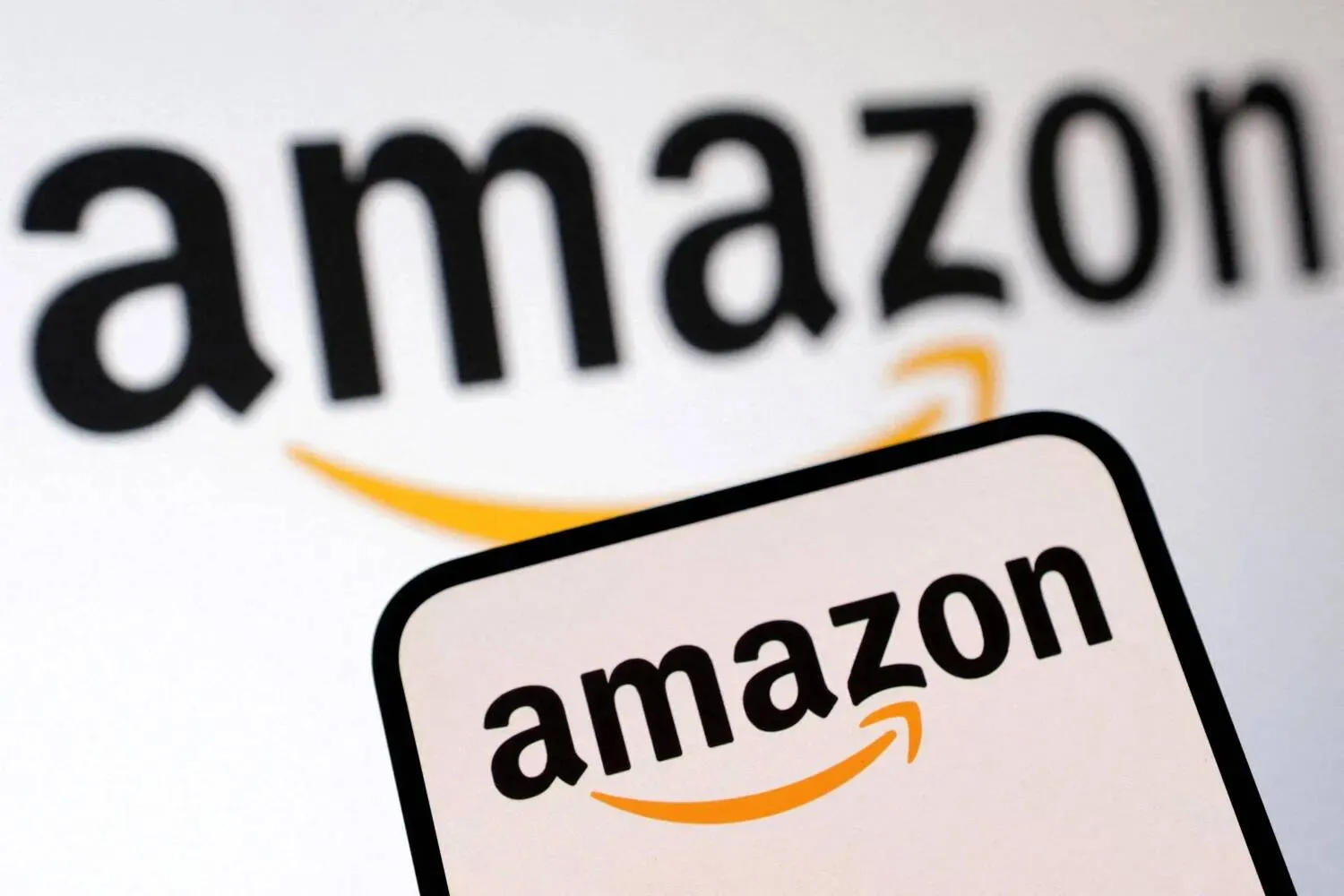Lenovo has reached the milestone of manufacturing and shipping one million workstations and servers from its first purpose built in-house manufacturing facility in Europe, just over one year after it opened its doors in Budapest.
After 10 months of construction during the pandemic, the facility opened in June 2022 to support customers throughout Europe, the Middle East, and Africa (EMEA) with their requirements for server infrastructure, storage systems and high-end PC workstations.
As of June 2023, the facility has provided solutions to more than 1,000 customers in 69 countries and seen the scale and speed of operations accelerate over the past year. Over 180 customers have visited the site, enabling deeper collaboration, transparency and understanding with Lenovo customers across the EMEA region.
“Opening the Hungary facility was an important milestone for Lenovo, extending our international manufacturing operations and representing significant economic potential for both the private and public sectors in the country,” said Szabolcs Zolyomi, Factory Site Leader at Lenovo.
“The achievement of shipping one million units is testament to the past year of internal and external collaboration with our employees and customers. We have been able to respond to customer needs more effectively, with greater efficiency and control over product development and supply chain operations, all while continuing our commitment to sustainability and supporting the local community.”









